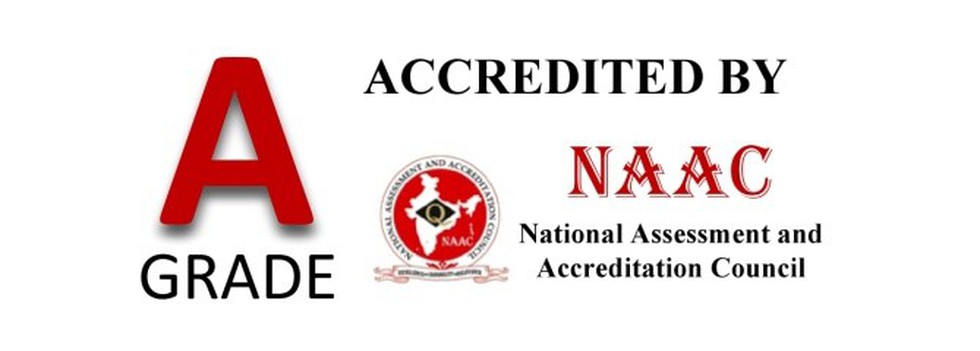About National Assessment and Accreditation Council (NAAC):
- NAAC was established in 1994 as an autonomous institution of the University Grants Commission (UGC).
- Head Quarter: Bengaluru.
- Function: Evaluation, assessment, and accreditation of Higher Education Institutions (HEIs) in the country.
- Assessment is a performance evaluation of an institution and its units and is accomplished through a process based on self-study and peer review using defined criteria.
- Accreditation refers to the certification given by NAAC, which is valid for a period of five years.
- The ratings of institutions range from A++ to C. If an institution is graded D, it means it is not accredited.
- At present, the Assessment and Accreditation by NAAC is done on a voluntary basis.
- Composition:
- It functions through its General Council (GC) and Executive Committee (EC), comprising educational administrators, policymakers, and senior academicians from a cross-section of the Indian higher education system.
- The Chairperson of the UGC is the President of the GC of the NAAC.
- The Chairperson of the EC is an eminent academician nominated by the President of GC (NAAC).
- The Director is the academic and administrative head of NAAC and is the member-secretary of both the GC and the EC.
- NAAC is advised by the advisory and consultative committees constituted from time to time.
Key Facts about University Grants Commission (UGC):
- It came into existence on 28th December 1953 and became a statutory Organization of the Government of India by an Act of Parliament in 1956.
- Objective: Coordination, determination, and maintenance of standards of teaching, examination, and research in university education.
- UGC provides recognition to universities in India and disburses funds to such recognized universities and colleges.
